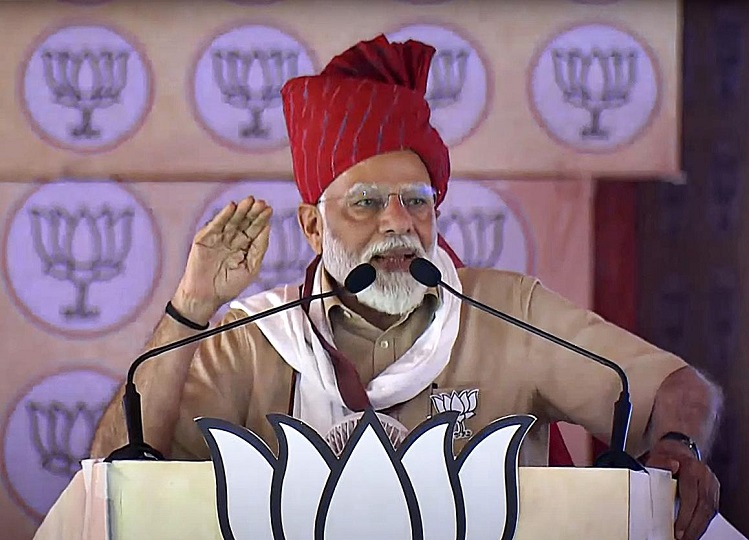
The second wave of the pandemic in India brought death, destruction, and despair at an unimaginable scale. Death and indignity spread to the streets. As people kept hiding in their homes, or in hideouts, the street became a site to behold. The street turned into a theatre – an epic theatre – of our times. It made things visible in the vilest ways. While indignity unfolded on the streets, mourning could not find its place. At least mourning could have repented for the apathy that filled us with indignity.
Despite its actual physical absence, mourning became the ambience of the day and night. It was looming at large, along with the fear of the virus. It was something that one could not have held together in the absence of the collective, in isolation. Life was cut short, breath was cut short, grieving was cut in half, and mourning was cut short completely. Humanity was peeled from its own body in moments and layers like an onion.
While death itself was unbearable, death with indignity is a burden that will be carried in our memories of the pandemic in the future. What would we remember when we remember Covid-19? Naked bodies lying on the…
Read more


